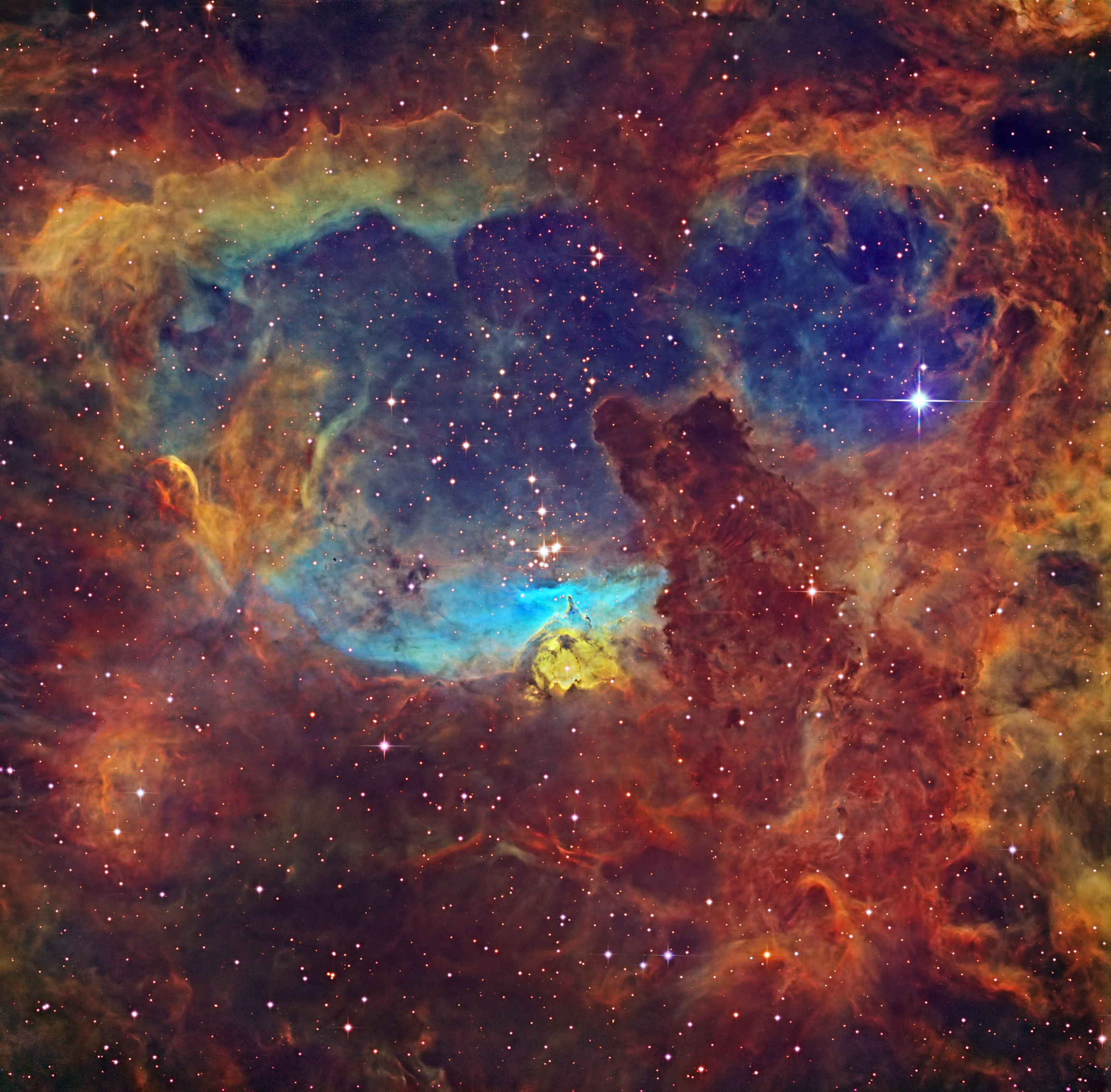Science or Fiction?
 One of my all time favorite authors and human beings was Carl Sagan. Many people have heard of his book “Pale Blue Dot” which he wrote after having the Voyager turn its camera back toward Earth on its way out of our solar system.
One of my all time favorite authors and human beings was Carl Sagan. Many people have heard of his book “Pale Blue Dot” which he wrote after having the Voyager turn its camera back toward Earth on its way out of our solar system.
Science Non-Fiction was his specialty. The technology of a book, of writing, was rejected in the early days of civilization. Story telling was considered the only form of communication worthy, because of the nuances, inflections, gestures, and passion that accompanied the transmission of the words. The argument in favor of writing was that no matter if the original story teller was alive or dead, the story would be told, eternally, as it was written.
And that is what we have now. We look at a new way of communicating, through electronic media, just as this is. But it is written. So are emails, texts, even screen plays and computer games. They are all written, using language with a specific style, intent, or format. In the late 70s, part of the math curriculum was learning to count in a different bases – 8 and 12. The logic behind this was that for the 8 base, computers loomed ahead in our future. For the 12 base, we could use it to convert ourselves to metric. The official words for these are octal and duodecimal.
I can understand the octal system. I can also understand the duodecimal. But we have ten fingers and toes. I began wondering if my aliens that only have 8 fingers and toes counted in an octal system and understood the binary system, since ten is not divisible by four or eight. I also wonder why in hell the USA is still using a base of twelve for measurements when ten is so incredibly easier by a magnitude of, well, exponentially.
Here’s a couple curious facts about the 8-10-12 dilemma.
Clocks are made for twelve, although they could have just as easily been made for ten. A circle doesn’t have to have 360 degrees, it could have had 500 or 100. They would just simply be different sizes.
Metrics are based on the size of the earth and the volume/weight of desalinated water. These are a nice constant but even that changes over long (long) periods of time and micro mineral content. Imperial measures were based on some guy’s foot.
How did a mile come to be 5280 feet? Why not 5000? Something about how much ground a horse could cover in a certain amount of time. Same for horsepower – logs being pulled up a cliff face. But those are entirely other conversations.
I digress. My thoughts for Carl Sagan and books are for the need to read and communicate, to educate ourselves as well as entertain ourselves. In a world full of violence it is nice to stop and escape, nay, essential to do so as it is to eat or sleep or even breathe the air. Education is the key to virtually all of the problems we face – and once a person leaves the cave and sees the world in color, not shadows, in 3D, not projections on a flat wall, they can never return, and in doing so, we can all finally move forward.

